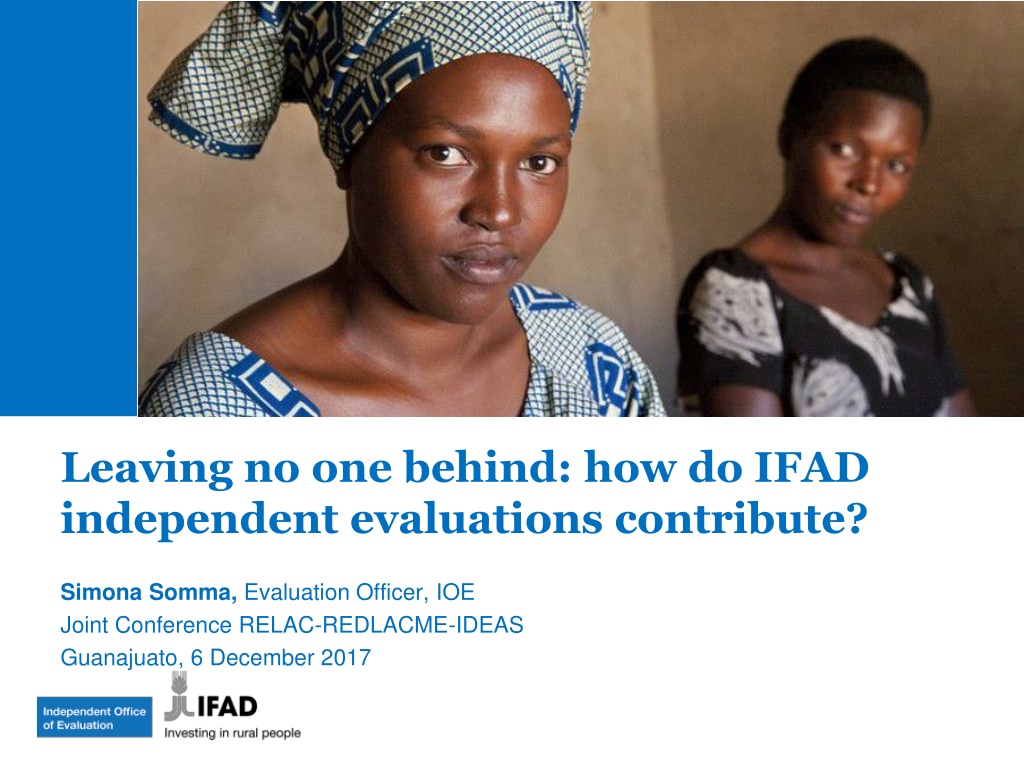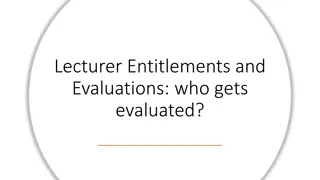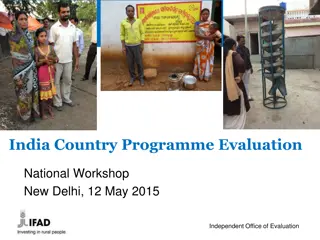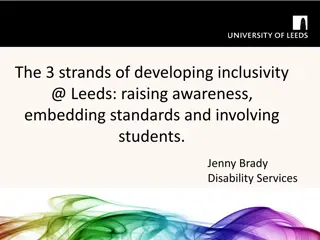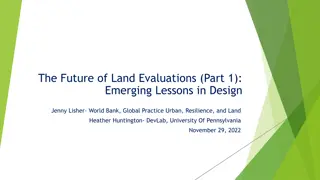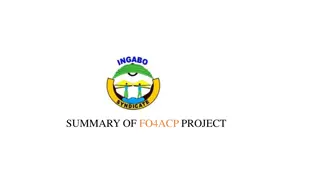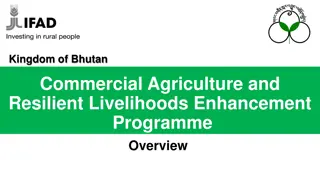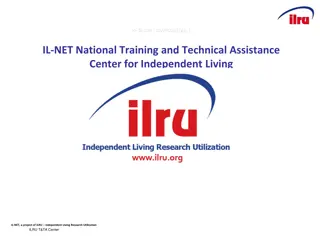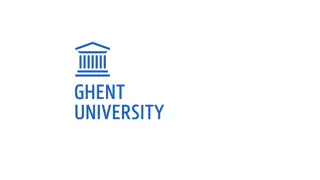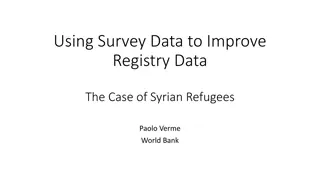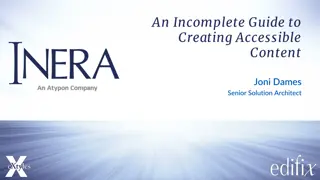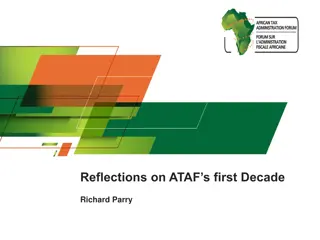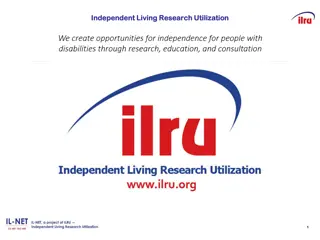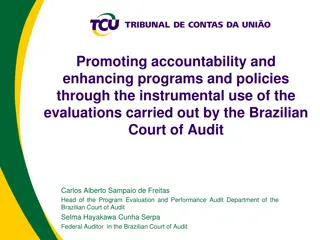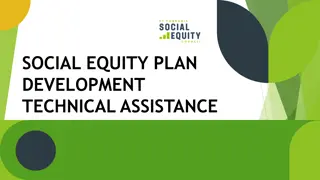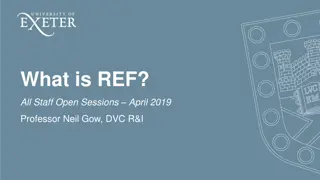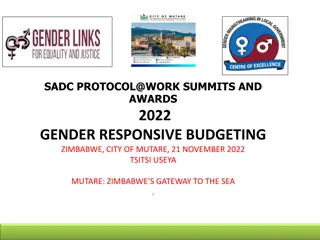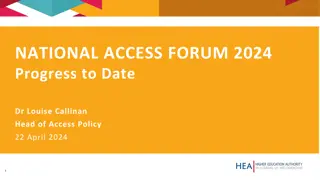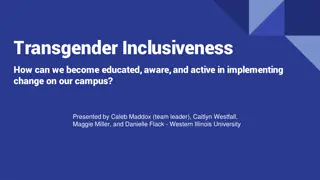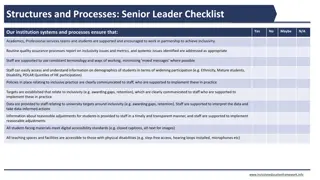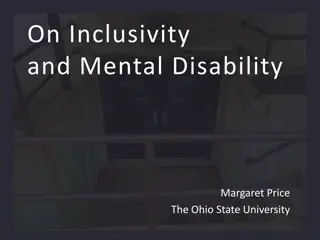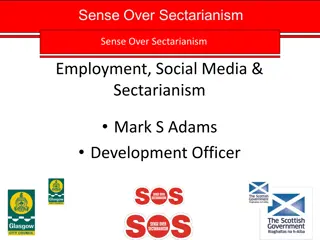Enhancing Inclusivity: IFAD Independent Evaluations for Better Targeting
IFAD independent evaluations play a crucial role in ensuring that vulnerable groups are not left behind in rural development initiatives. By assessing the effectiveness of targeting methods, documenting instances where vulnerable groups are excluded, and providing recommendations for improvement, these evaluations help IFAD fulfill its mandate of reducing rural poverty. Lessons learned from past evaluations highlight the need for better poverty analyses, tailored targeting approaches, improved monitoring and evaluation systems, and increased inclusivity in project design to reach all beneficiaries effectively.
Download Presentation

Please find below an Image/Link to download the presentation.
The content on the website is provided AS IS for your information and personal use only. It may not be sold, licensed, or shared on other websites without obtaining consent from the author. Download presentation by click this link. If you encounter any issues during the download, it is possible that the publisher has removed the file from their server.
E N D
Presentation Transcript
Leaving no one behind: how do IFAD independent evaluations contribute? Simona Somma, Evaluation Officer, IOE Joint Conference RELAC-REDLACME-IDEAS Guanajuato, 6 December 2017
IFAD in the context of the Sustainable Development Agenda IFAD s Mandate to reduce rural poverty through investments in agriculture and rural development IFAD 2016-2025 Strategic Framework: targeting is a principle of engagement IFAD Policy on Targeting (2006): IFAD s target group: rural people living in poverty and food insecurity in developing countries. Reach the extremely poor people. Targeting methods: geographic, self and direct - 2 -
How do IFAD independent evaluations contribute to leaving no one behind? Document when and where vulnerable groups are left behind. Relevance and effectiveness of targeting assessed in all evaluation products (mix-methods) - 3 -
How do IFAD independent evaluations contribute to leaving no one behind? (cont.) Explain why they are left behind; Provide lessons and recommendations on how to improve and what to do, so that they are not left behind. IFAD s Management Response System: President s Report on the Implementation Status of Evaluation Recommendations and Management Actions (PRISMA) - 4 -
Lessons from selected IFAD independent evaluations: why are vulnerable groups left behind? Evaluation Synthesis Reports on Youth, IPs, Pastoralists, Gender: Weak poverty analyses: differences among groups of rural poor are not captured. Scope for better tailoring of targeting approaches; Weak M&E systems: data quality and timeliness. Disaggregated indicators to track the participation and benefits for different groups; Specific knowledge and specialised experience not always available. - 5 -
Lessons from selected IFAD independent evaluation: why are vulnerable groups left behind? (cont.) Activities often do not reach all target beneficiaries CSPE-Peru: Targeting at design: geographic and self-targeting CSPE results: Geographic targeting relevant and effective Targeting of the most vulnerable within these communities was less effective Why? Barriers at entry at design which excluded the participation of the poorest (youth/women without land and financial resources) - 6 -
Selected recommendations from IFAD independent evaluation: what to do and how to ensure that vulnerable groups are not left behind? Recommendations Greater attention to key design elements towards better targeting strategies Follow-up actions (PRISMA) Project design includes social assessment and institutional and governance assessment Designs targeting pastoralists and drylands are including analysis of risks Modification of barriers at entry How-to-notes Training for project staff on identity and socio- cultural characteristics of different IPs. Hiring project staff with knowledge on IPs issues and local languages. Delivering training for beneficiaries in local languages. Corporate performance indicators; sex- disaggregation of indicators at individual and head of the household level. Enhanced understanding of IPs issues by project staff Systematic M&E of disaggregated benefits and Gender outcomes at corporate and project levels. - 7 -
Conclusions Focus on no one left behind requires enhanced strategies for targeting & outreach, M&E, and capacities to implement them. Independent evaluations key to assess and present evidence on whether an operation reached vulnerable groups; to stimulate learning, follow up on recommendations and improve. - 8 -
